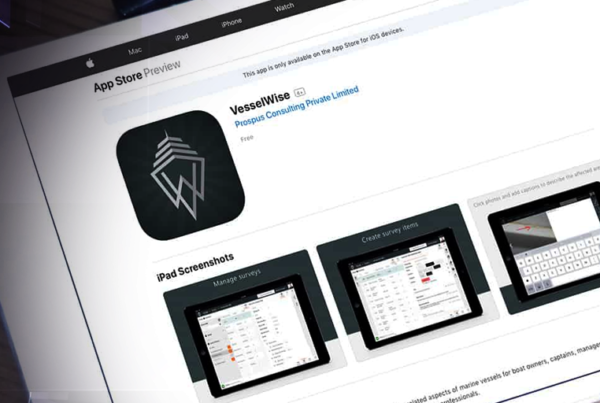In this article, we look to present a persuasive argument for the adoption of a single user interface to handle all digital signals. Without a universal interface, we may be left with too many devices to deal with – defeating the very objective of the internet of things: to make digital interactivity more convenient than it currently is.
Background
The internet of things addresses the overall market in two ways: one is the industrial Internet of Things and the other is the consumer-facing Internet of Things. Both have radically different dimensions and deal with unique use-cases. The industrial internet of things is already reaching mature mainstream on the bell curve across verticals in certain processes and progressively proliferating a multitude of industries as technologies become more robust and user acceptance increases. The consumer-facing internet of things, however, is still far from mainstream adoption. This is quite natural. The average non-techie user operates in a very different mode than an industrial user. For the internet of things to add transformative value to the lives of households, it has to bring in tremendous ease of use and additive value to the existing course of things for users to want to make a large-scale switch to novelty software functionality. Why would I want an additional controller or user interface to perform operations that I can currently manage either manually or by simply integrating my existing device, the interface of which I am completely at ease with?
An interesting article was published on this subject on a blog[1} discussing this problem of multiple user interfaces “leaving middle-class homes with an unsolved, mixed-vendor Basket of Remotes, a metaphor for the unanswered management challenges in the Consumer IoT space”.
The problem
The internet of things means the addition of several new internet-enabled devices within our immediate proximity, and billions of them universally. As we transition from living in a connected world to living a connected lifestyle, the need to interface with ease will be of paramount importance[2}. People will simply be discouraged to use technology if they had to learn new user interfaces for every new additional operation which they could easily have performed before – it would almost be a paradox. The objective of IoT should obviously be to make life easier by being connected, not to make it complex and arduous. In the absence of a universal interface that gives people the ease of access to all their functions and resources without having to painstakingly go through the hassle of multiple log-ins, UIs, device functionalities, and protocols, IoT will simply become a burden.
Discussion
We are already dealing with the problem of being inundated with more information than we are actually able to efficiently make use of. For us to be able to consume all the signals and messages that we get today in a more organized, unified manner, we need a centralized interface. But that isn’t the case – we don’t have one. And so we miss half the signals we get because there are far too many signals and messages coming our way than we can actually manage. So we choose not to respond to numerous signals and messages simply because it becomes cumbersome to go through the various interfaces in order to get to the information we want to get to. Now if this is the situation we are faced with today, what would happen when devices will grow multifold and the signals and messages they transmit every minute, or the commands they will need us to provide in order to perform the operations we want them to perform will grow at an explosive rate? The need for a common, unified interface will become pretty much a prerequisite for the internet of things to occur.
Summary
The next generation of the internet must be disruptive but for that to happen, we need to completely change the way things are currently run. We need to be looking at it from a different perspective: rather than being in the race to building the IoT, to actually first build the interface that is going to enable the so-called IoT. So who is going to build it? I don’t think that we can expect the big companies to release the universal UI we need. Because they will be too preoccupied with protecting their legacy software and current revenue streams. This will necessarily limit whatever they produce. So while big corporations are focused on building upon the hype of the internet of things, the fundamental concern, which is, how it will function, seems to be getting ignored by them. However, there is innovation happening outside of the big corporations – in the more agile start-ups.
Invariably, the concern that will have to be addressed should not be about connecting billions of devices but rather bringing an efficient way of being able to use a plethora of internet-enabled devices easily via a common interface. What users need is an easy way to consume the information they are currently sending and receiving digitally and/or offline rather than to have a dozen or more additional devices immediately around them sending them more messages at a faster rate.
Citations
- Monday Note: “The Internet of things: The Basket of Remotes Problem?”.http://www.mondaynote.com/2014/01/12/internet-of-things-the-basket-of-remotes-problem/ Accessed: Friday, Feb 13th, 2015
- Wired: “The Interface of Things: A Universal Remote for Your Life”. http://www.wired.com/2015/01/the-interface-of-things-a-universal-remote-for-your-life/ Accessed: Friday, Feb 13th, 2015






















